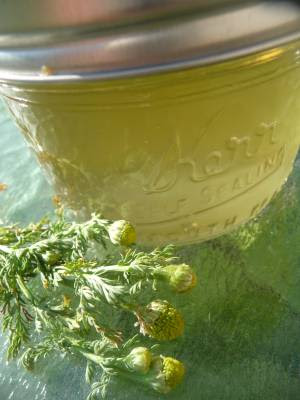 |
| Let's learn to make acorn bread! |
By KEN KORCZAK
The first Minnesotans, the Native Americans, probably ate a lot of acorns.
My ancient relatives back in eastern Europe probably did, too. Over in the Britons, Druids and Celts held the oak to be sacred. Back in their day, the British isles were covered in oaks. Some of them were giant oaks, the likes of which no longer exist today.
According to author and professor of theology James N. Powell, the modern word for “truth” can be traced back to the Proto-Indo-European word for “oak.” Powell also says that the oak tree is struck by lightening more than any other tree -- thus bolstering its ancient connection with the gods and heaven.
I’ve always had an affinity for the oak tree, and I have long said to myself: “One day I am going to collect a whole pile of acorns, shell them out and make something to eat out of them.” Last Sunday was that day.
If you want to gather acorns for food, expect to do a lot of work. And I mean a lot. Here’s the timeline of my acorn project:
* Collecting one 5-gallon pail of acorns -- 1 hour.
* Shelling acorns one at a time with a pair of pliers -- 6 hours
* Boiling acorns to remove tannin -- 3 hours
* Baking boiled acorns to dry them -- 1.5 hours
* Grinding dried acorns into flour -- 90 seconds
* Mixing ingredients for acorn bread -- 15 minutes
* Baking acorn bread -- 30 minutes.
Was it worth it? Yes! First of all, acorn bread tastes like manna from heaven, if manna from heaven tasted like a delicious, fragrant, nutty bread that is slightly sweet and has a moist, wonderful texture.
The reward in producing a single loaf of acorn bread takes a full, very long day of painstaking work. But as the saying goes: “It’s the journey that matters, not the destination.”
This is true of my acorn experience. Take it from me, a guy who has practiced Zen meditation every day for 29 years, cracking acorns with a pair of pliers one at a time for six hours qualifies as a powerful form of meditation in and of itself. It’s a fantastically pleasant experience.
Working with acorns provides a connection with good old Mother Nature and to the most ancient traditions of our ancestors. If you want to feel deeply connected with humanity, and enjoy an earthy, nutty food that is the very embodiment of abiding endurance, then a day spent gathering, cracking, boiling, baking and grinding acorns is an excellent way to do it.
Acorns should be boiled for at least two hours. I think I went almost three before I was satisfied that the tannin was sufficiently removed. You tell by the color of the water which drains away each time you change the water. You bring to a boil, drain, add water, boil again, and repeat until you think you've gone far enough!
Bake your boiled acorns at about 200 degrees in the oven for an hour, or so, or until they are nicely dry.
After you have baked your acorns, it's time to grind them into flour. I use my Vita-Mix blender. The acorns are quit soft after boiling and drying to probably any blender will do, or any food grinder, even a coffee grinder. If you really want to work hard, crush them by hand with a masher, or something.
Bake something! Mix your acorn flour with regular flour and bake something yummy. You'll have to experiment. Acorn flour is quite bitter so a little goes a long way. Most of the time, I add just a quarter cup of flour to 2 or 3 cups of regular flour to get a brown, nutty bread.
* * *
Note that everyone has different tastes. You can also make a very dark acorn bread more akin to, say, banana bread. You'll have to add a lot fo sugar or honey to counter the natural bitterness of the acorns. Some people may like bitter, however, which is all good.
Keep in mind, too, that you can use your acorns in a variety of ways -- eat it as mush or cereal, put it in a smoothie, sprinkle it on a salad -- you decide. For me, though, acorn bread is where it's at.
Ken Korczak is the author of: BIRD BRAIN GENIUS
 />
/>
































